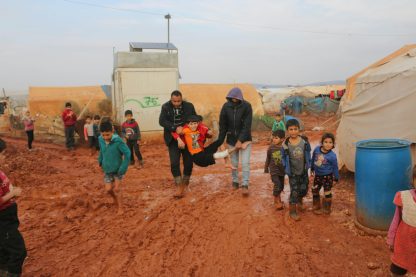Table of Contents
Communication
Clear and effective communication is the cornerstone of any successful relationship, and the relationship between parents, children, and babysitters is no exception. Establishing efficient communication channels is crucial to ensure that everyone is on the same page, and any concerns or questions can be addressed promptly.
In your program, be sure to establish how babysitters should communicate with parents, whether it be through phone calls, text messages, or a dedicated communication app. This will provide parents with peace of mind, knowing that they can easily reach the babysitter when needed. Additionally, make sure that babysitters understand the importance of timely and reliable communication, as it is key to building trust and maintaining open lines of dialogue.
On-Demand Childcare in Your Neighborhood
Book a Sitter
Schedule and Availability
Setting clear expectations regarding schedule and availability is vital for both parents and babysitters. When discussing the schedule with babysitters, provide them with specific details such as the days and times they are expected to work, as well as any variations that may occur. This will prevent misunderstandings and ensure that both parties are on the same page.
Additionally, discuss how far in advance babysitters should be informed of any schedule changes or cancellations. By establishing a time frame for such communication, you can avoid last-minute issues and allow babysitters to plan their own schedules accordingly. Encourage open and honest communication so that both parties can be flexible when necessary.
Responsibilities and Duties
Clearly outlining the responsibilities and duties expected of babysitters is crucial for effective childcare. Discuss with babysitters the specific tasks they will be responsible for, such as feeding children, putting them to bed, assisting with homework, or engaging in supervised playtime. Provide them with any necessary information about the children’s routines, preferences, and any additional expectations specific to your program.

It is also important to establish guidelines on what babysitters should not do, such as allowing children to engage in unsafe activities or accessing inappropriate content on electronic devices. Setting these boundaries from the beginning ensures that everyone is on the same page and allows babysitters to confidently perform their duties within your program’s guidelines.
Safety Protocols
Safety should always be a top priority when it comes to childcare. Establishing clear safety protocols with babysitters is essential to ensure the well-being of the children under their care. Discuss emergency contact information, including both primary and backup contacts, as well as any medical conditions or allergies that babysitters should be aware of.
Furthermore, provide babysitters with guidelines on childproofing measures and safety precautions within your program’s premises. This includes ensuring that all potentially hazardous objects, substances, or areas are secured or off-limits to children.
By setting these expectations, you can rest assured that babysitters are equipped to handle any situation and prioritize the safety of the children.
Emergency Procedures
Accidents and emergencies can happen at any time, so it is crucial to establish clear emergency procedures with babysitters in your program. Ensure that babysitters are aware of evacuation plans, emergency exits, and the location of first aid supplies, fire extinguishers, and emergency contact information.
Additionally, provide babysitters with essential information such as the nearest hospital, the location of emergency medical kits, and any specific protocols they should follow in different situations. Encourage babysitters to stay calm and keep you informed in the event of an emergency, as clear communication and swift action can make a significant difference in any potential crisis.
Conclusion
Setting clear expectations for babysitters in your program is paramount to providing a safe and nurturing environment for the children under their care. By focusing on communication, schedule and availability, responsibilities and duties, safety protocols, and emergency procedures, you can establish a solid foundation for your program. Remember, an open dialogue with babysitters is key to building trust and ensuring that everyone involved feels confident and secure in their roles.










